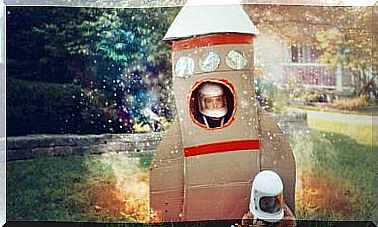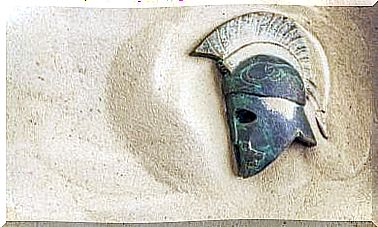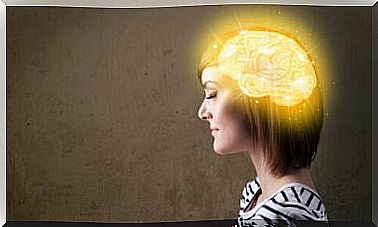What Is The Venus Effect?
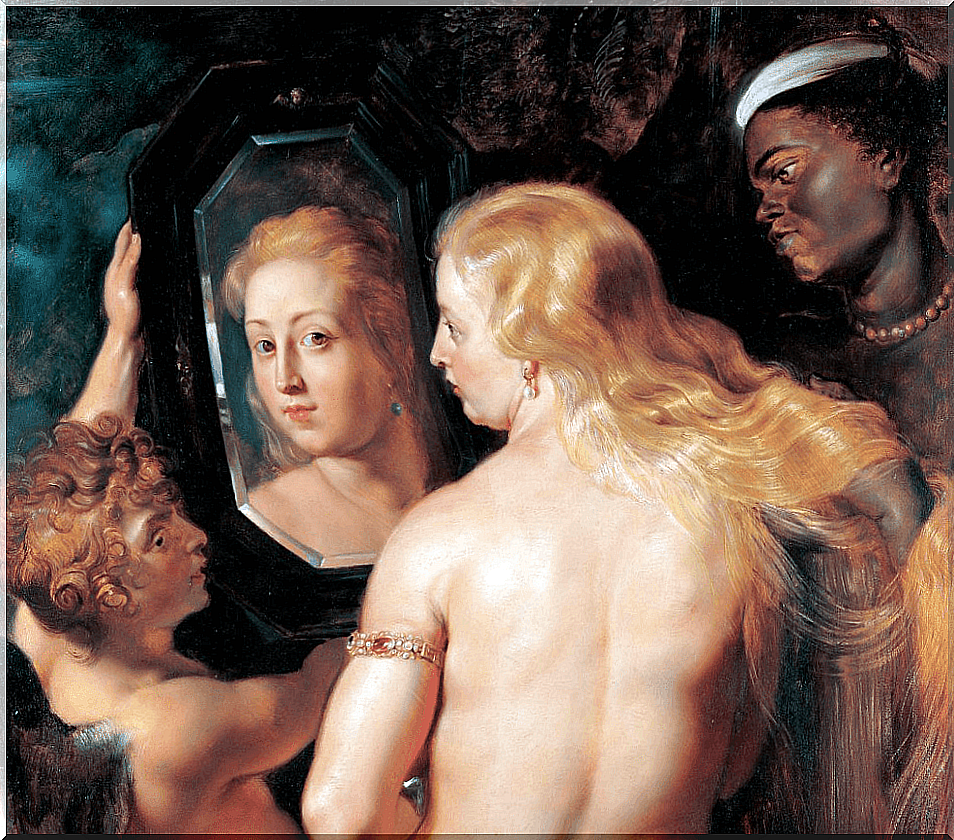
If you have ever wondered why many artists used mirrors in their paintings, it is not by chance. Optical effects in works of art were, and are, a widely used resource. With them, the artists try to stimulate our senses to stop us even more in their works; and one of these resources is called the Venus effect.
Because it is a technical resource, but it has managed to transcend and go beyond the mere fact of creating an impression by being part of the so-called psychology of perception; a way that artists had to manipulate any observer of their works in order to create a wrong perception about something.
And it is that, what we see reflected in a mirror is not always what it seems or what we hope to see manifested in it. What exactly is the Venus effect?
Overestimating what we see in a mirror
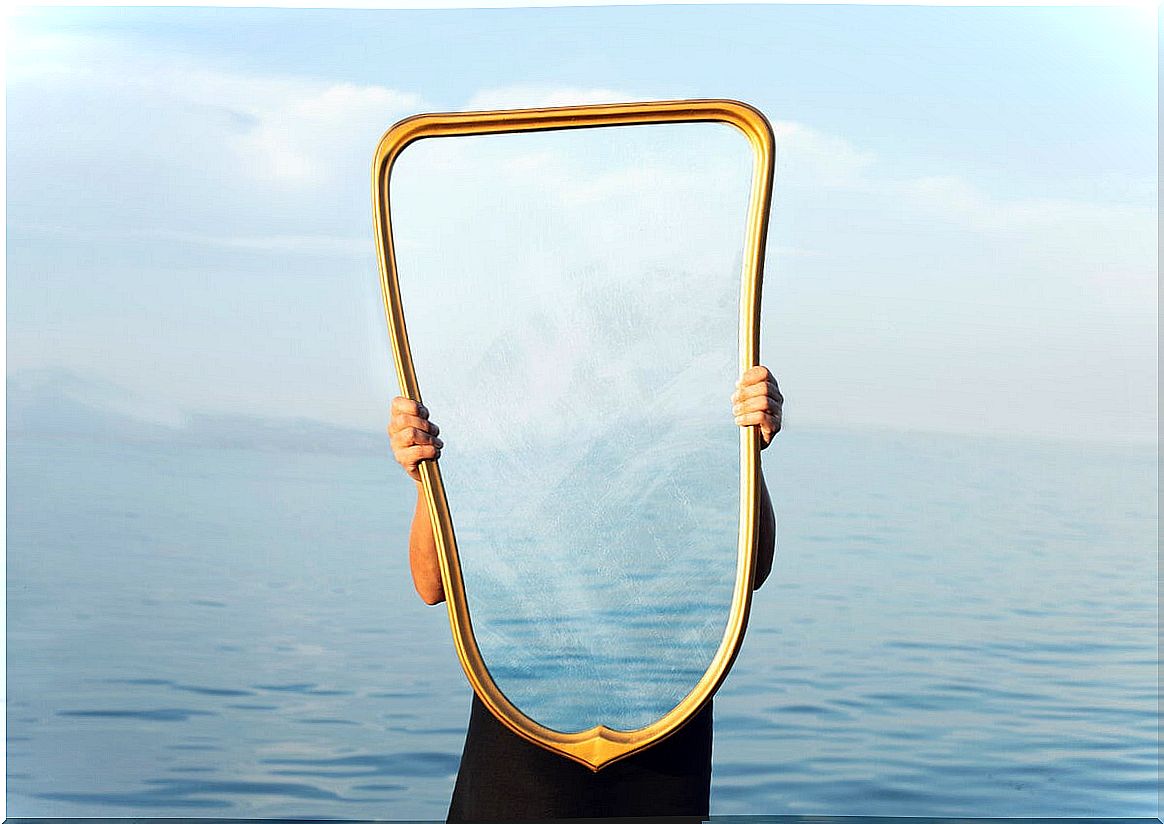
Mirrors are themselves very particular objects, inspiring reflections and also insinuating mysteries. Every day, we see ourselves in them, and we also see our surroundings. It is precisely in this replica where much of its enigma lies, not everything is what it seems, and humans have some erroneous beliefs about this simple and everyday object as the mirror.
In the end, our understanding of its physics and its functioning is somewhat flawed, or at least that is what is claimed in a study published in the European Journal of Cognitive Psychology ( The tendency to overestimate what is visible in a planar mirror amongst adults and children), on the human tendency to overestimate what is visible in a mirror.
Apparently, we anticipate our reflection in the image, even before we are in front of it; that is, we can stand at a specific angle and not in front of the mirror, but we hope to see ourselves reflected, we develop hypotheses and perceptions about what we see or not.
And this, and according to the study, is known as early error, that is, instead of understanding the importance of point of view, we tend to believe that the mirror can only reflect the part of the room that is equal to the width of the mirror. A somewhat ambiguous concept, and that refers to the size of what a mirror projects.
There are several investigations that have paid attention to the phenomenon. One of them, published in the NIH (National Library of Medicine) , ensures that artists deliberately manipulate images to create the impression we have when looking in the mirror.
Some researchers have suggested that the heads of the Venuses in the mirrors are too large in proportion to the size of their faces, which would be impossible if the observer were standing relatively close to them. The Venuses should be at least half the size of the mirror.
Who do the Venuses observe?

The Venus effect is a visual representation of a mirror in which its image points towards us instead of pointing to the protagonist of the painting in question. This curious effect was used by artists such as Velázquez in The Venus of the Mirror , Titian and The Venus with a Mirror or The Venus with a Mirror by Veronese .
Likewise, our understanding of reflections in mirrors in paintings is equally flawed and erroneous. Ultimately, the Venus Effect refers to the egocentricity of assuming that what the subject of a painting sees in the mirror is the same image that the observer sees.
The most common idea is to think that the Venuses are looking at their own reflection, and the second trend is that they are looking at you, but none of the above is correct, because in reality, they are looking at the reflection of the painter.
Thus, and in the previous research they conclude that, if the artists had actually painted these images the same as they saw them, the effect could have been less realistic. Without a doubt, a surprising effect that has been used in different arts, such as film and television; Beyond all this, they generate false perceptions, create emotions, and make us reflect on the extent to which what we see in a painting and in a mirror is real or true.
